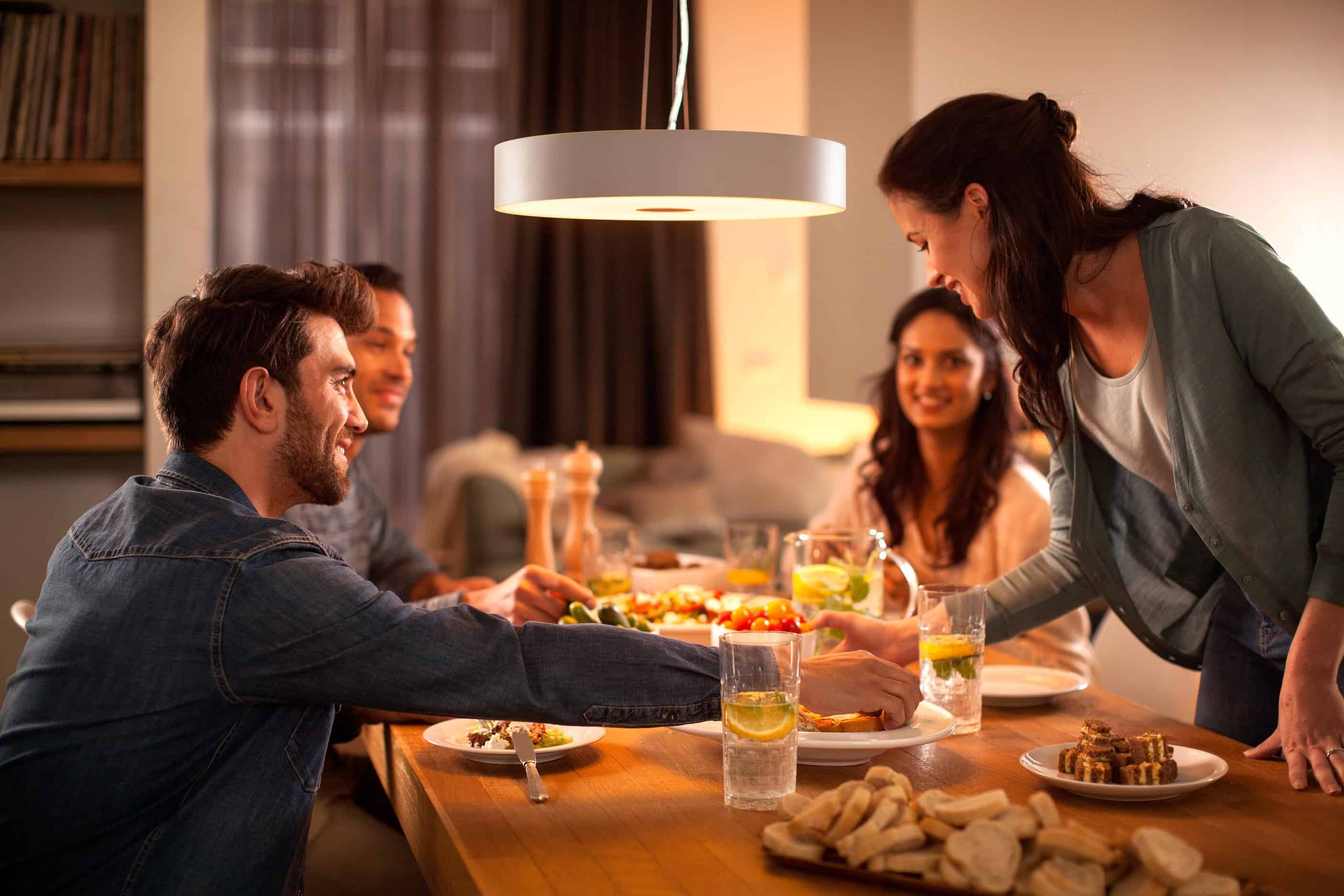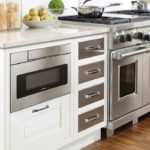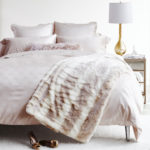I readily admit to having about one zillionth the knowledge of your average designer, but one thing I did pick up over the last quarter century is that good lighting is essential to a successful space. Bottom-line best advice is probably, then, to hire a designer. But if you (like me, frankly) can’t do that for every room redo, you may be interested in a few lighting-related lessons I’ve learned.
 Everything in my home goes on a dimmer, thanks to the Man of the House (MOTH). That’s because by controlling light, you can affect how art, rugs, paint colours, furnishings – let’s face it, everything – looks, and by extension, how well the space functions.
Everything in my home goes on a dimmer, thanks to the Man of the House (MOTH). That’s because by controlling light, you can affect how art, rugs, paint colours, furnishings – let’s face it, everything – looks, and by extension, how well the space functions.
I’ve also accepted that any room will always need more lighting options that I initially think, and that skimping on either outlets and fixtures is a false economy. When it comes to lighting, choice is your friend.
It should suit the purpose of a space: no fluorescent, for example, in the dining or bath room, no low-light or poorly placed bulbs in the sewing corner or kitchen, no cold whites in a powder room.
Being as I am dragged (sometimes kicking and screaming) into the smart home era, I admit that those issues – and many more – can be addressed with a wireless home lighting system like Philips Hue, which I have been testing as part of larger piece on home automation.
Hue means I can – theoretically – arrive at some 16 million custom colours by toggling through the spectrum on my phone, and adjusting brightness. Technically, no excuse for imperfect lighting, ever. Good thing MOTH has a degree in film.
Speaking of being dragged, this testing was concurrent with me switching to an iPhone. So, like, guys, not only can I play with lighting, I can do it from my phone. I’ve also been using Siri in the kitchen – more on that soon.
I can also choose from a pre-set colour menu: an orange-y red Savanna Sunset, chilly blue Arctic Aurora, and a subtle Spring Blossom pink. I m unlikely to use any of them often, although I can imagine a flattering pink in a powder room, and think it might be nice to choose a soothing shade as part of a night-time routine in a child’s bedroom. You can also create a pulsing, flashing party lighting settings – disco-themed dance party, anyone?
Kids might also like Hue as an alarm light who mimics the effect of sunrise, a feature familiar to anyone who has used Philips Wake Up Light. At night, you can reverse the process.
Perhaps more useful for me are the standard settings for specific tasks like reading and mood (concentrate for sewing or playing a board game, relax when guests are over, or energize while exercising at home.) There’s also a nightlight setting, and colour can be dimmed or brightened to suit your taste. Custom settings can also be created, which means, for example, that any room with a television could have media lighting whenever it was needed. Especially great, maybe, for a condo that functions as a home office during the day.
 You can also control lights automatically with motion sensors. I tried one from the Hue line. Battery powered and wireless, it triggers a light when someone passes in front. MOTH, who hates to waste electricity, likes the idea of porch or hall lights not being left on late into the night, simply turning on when someone opens the door between, say, 10 p.m. and dawn.
You can also control lights automatically with motion sensors. I tried one from the Hue line. Battery powered and wireless, it triggers a light when someone passes in front. MOTH, who hates to waste electricity, likes the idea of porch or hall lights not being left on late into the night, simply turning on when someone opens the door between, say, 10 p.m. and dawn.
I also tried Hue with the Eve Motion Sensor from Elgato. I set it up pretty easily by capturing a bar code on the product package through Apple’s HomeKit to begin installation.
You can also use Hue as an alarm light that mimics the effect of sunrise, a feature familiar to anyone who has used Philips Wake Up Light. At nighttime, you can reverse the process.
It can also be remotely connected, so away from home, you can also check if lights have been left on unintentionally, or turn them on if you unexpectedly work late. At home, lights can be set to come on at a pre-set time, and rooms can light up at different times. At night, you can set them to all turn off automatically at a designated time.
Philips Hue works with Amazon Alexa, Apple HomeKit and Google Home. More on that soon, too.
My only gripe with these products – and it stands across the smart home category as a whole — is that instruction is not, IMHO, designed for anyone who either didn’t grow up in the digital age or who is at all tech-challenged. An instruction booklet directs the user simply to power your light sources, plug in the Hue bridge, connect to Wifi and download the Hue app. I paraphrase but not much. C’mon, brands, get it together. Oldsters constitute a huge market for these apps, which can also be hugely beneficial for those with age-related mobility issues, and/or interest in energy saving. Make it just a little easier for us, willya kids?
All images from Philips. This is not a sponsored post, but I did get product galore to test from Apple, Philips Hue, Elgato and others, which I’ll write about soon.





